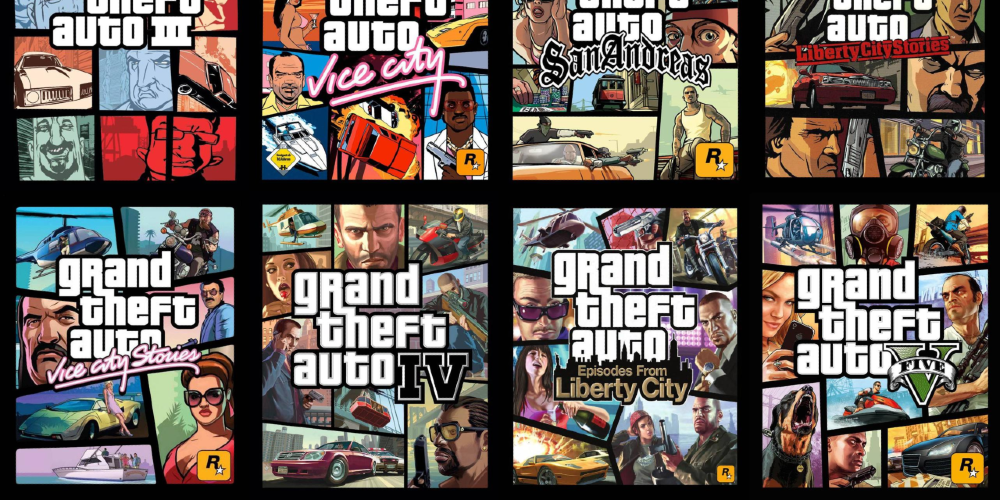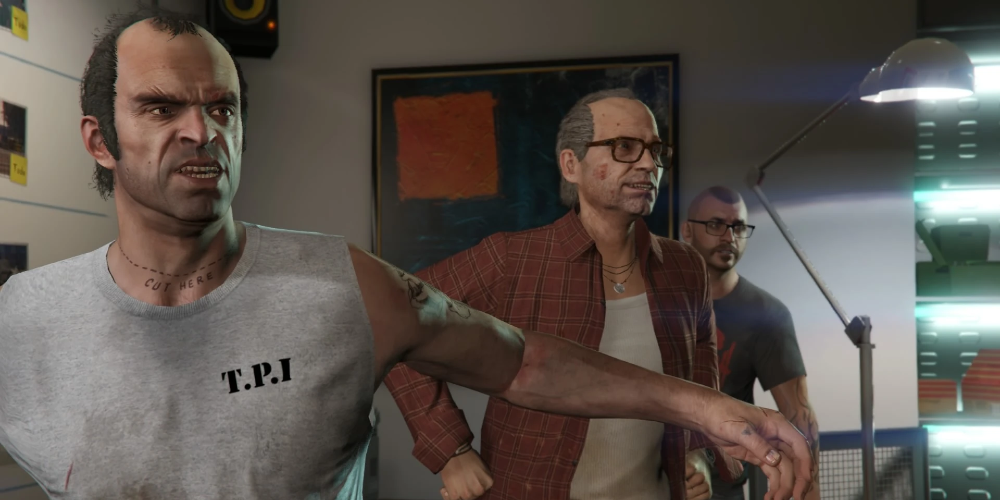Evolution of a Legacy: Tracing the Grand Strides from GTA 4 to GTA 5
- Dec-29-2023
- 1423

When we look back at the landscape of gaming, certain titles stand tall as monuments of innovation and cultural impact. Among these, Rockstar Games’ Grand Theft Auto series carves out a substantial piece of history. The transition from Grand Theft Auto 4 to Grand Theft Auto 5 was not merely incremental; it was revolutionary. This shift redefined what players expected from open-world games and set a new benchmark for the integration of storytelling, gameplay mechanics, and world design. Below, we explore the most significant strides that GTA 5 took away from its predecessor, GTA 4, and how these changes have shaped the experience for millions of gamers around the world.
Grand Theft Auto 4 and Grand Theft Auto 5, separated by a five-year development gap, represent two distinct philosophies within the same universe. GTA 4 took a path of gritty realism, grounding players in the experience of an immigrant navigating the harsh reality of American life. GTA 5, on the other hand, opted for a satirical, over-the-top portrayal of modern societal excesses, presented through a triad of deeply flawed characters. The differences between the two games are vast and multifaceted, each contributing to the unique feel and legacy of the respective titles.
A Tale of Three Cities: Narrative and Tone

At the heart of any Grand Theft Auto game is its story, and the narratives of GTA 4 and GTA 5 could not be more divergent. In GTA 4, we follow the journey of Niko Bellic, an immigrant with a troubled past, seeking redemption and fortune in the gritty streets of Liberty City. The tone is somber, the themes are heavy, and the storytelling carries a weight that resonates with the struggles of its protagonist. The dark narrative is enriched by the realistic portrayal of corruption and the quest for the American Dream.
Contrastingly, GTA 5 takes a different approach with its vibrant, satirical, and often humorous take on life in Los Santos. The game introduces us to three distinct protagonists – Michael, a retired criminal dealing with midlife crisis; Franklin, a young man looking to rise above his difficult upbringing; and Trevor, an unhinged force of chaos. The interweaving stories and contrasting perspectives allow for a multifaceted narrative that pokes fun at American culture while providing a varied and entertaining gameplay experience.
Worlds Apart: Environmental Design and Scale

Liberty City, inspired by New York City, was praised for its attention to detail and the authentic urban experience it offered in GTA 4. However, the city's scale and environmental variety paled in comparison to what was to come. GTA 5 expanded the canvas with the sprawling metropolis of Los Santos and its surrounding areas. The map was not just larger, but it offered an unprecedented level of diversity, from the bustle of urban life to the tranquility of forested trails, the expanse of deserts, and the glamor of Vinewood. The sheer scale and varied landscape in GTA 5 allow for a richer and more immersive world that players can explore for hours on end without exhausting its secrets.
The Social Network: Character Dynamics and Interaction

Niko Bellic's singular narrative arc in GTA 4 allowed for deep character development and a personal connection to his story. In contrast, GTA 5's tri-protagonist system introduces a dynamic that constantly shifts the player's perspective. The ability to switch between characters not only changes gameplay but also alters how the story unfolds. Each character's individual storyline and personal missions contribute to a more intricate narrative tapestry. This system adds depth to the world, as players witness events from multiple angles and see how the protagonists' lives intersect and impact one another.
Gameplay Evolution: From Realism to Accessibility

GTA 4 was lauded for its realistic approach to gameplay mechanics, particularly in vehicle handling and physics. Cars had a weighty feel, and the game's Euphoria physics engine introduced a level of realism to character animations and interactions that was groundbreaking at the time. However, some criticized these mechanics for being too cumbersome, prompting Rockstar to refine the gameplay in GTA 5. The sequel struck a balance, offering more accessible and fluid driving, shooting, and character movement without sacrificing the series' signature attention to detail. This made for a more approachable and enjoyable experience that appealed to a broader audience.
The Birth of an Online Phenomenon

While GTA 4 introduced multiplayer to the franchise, it was GTA 5 that truly realized the concept with Grand Theft Auto Online. This persistent online world has become a phenomenon in its own right, allowing players to customize their avatars, embark on missions, engage in various forms of entertainment, and build criminal empires with friends. The depth and breadth of GTA Online have kept players engaged for years with continuous updates and new content, turning it into a cornerstone of modern gaming culture.
Grand Theft Auto 5 didn't just build upon the foundations laid by its predecessors; it reimagined them. The shift from the earnest and somber tone of GTA 4 to the bombastic and satirical world of GTA 5 reflects the series' ability to adapt and evolve with the times. It's a testament to Rockstar's commitment to pushing the boundaries of what open-world games can be. As we look towards the horizon, imagining what Grand Theft Auto 6 might bring, it's clear that the differences between GTA 4 and GTA 5 have set a new standard for the series and for gaming as a whole. The legacy of these titles is not defined merely by their differences but by their lasting impact on the hearts and minds of gamers around the world.